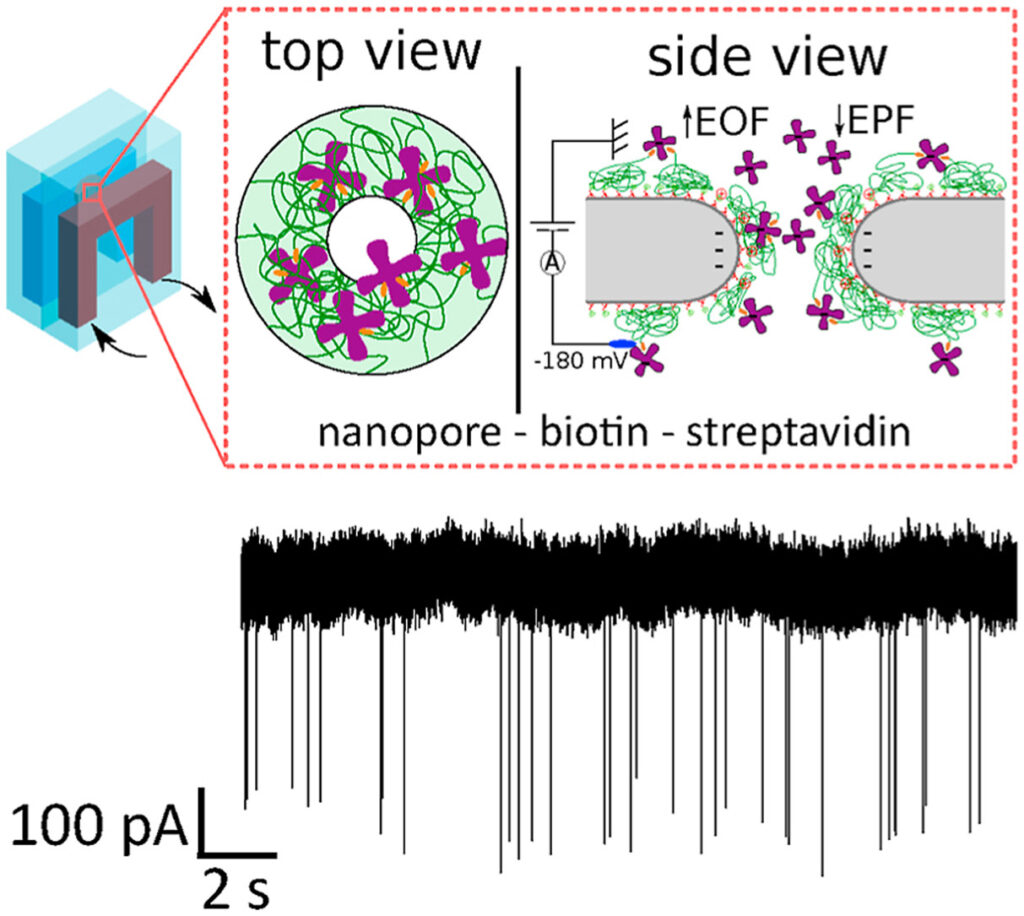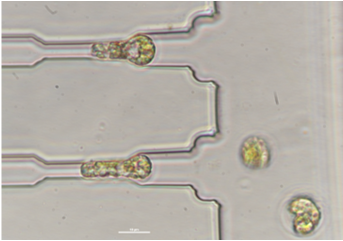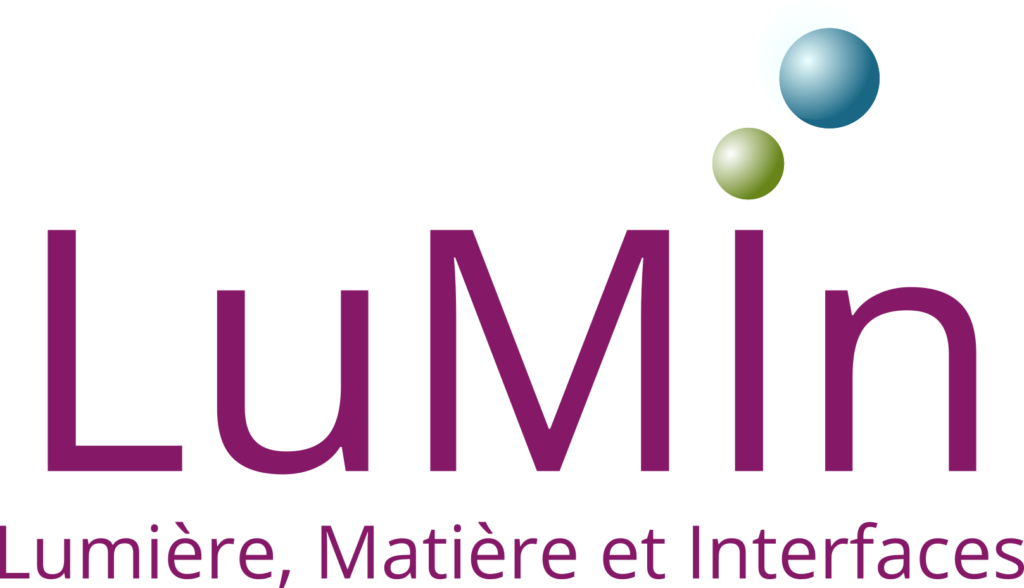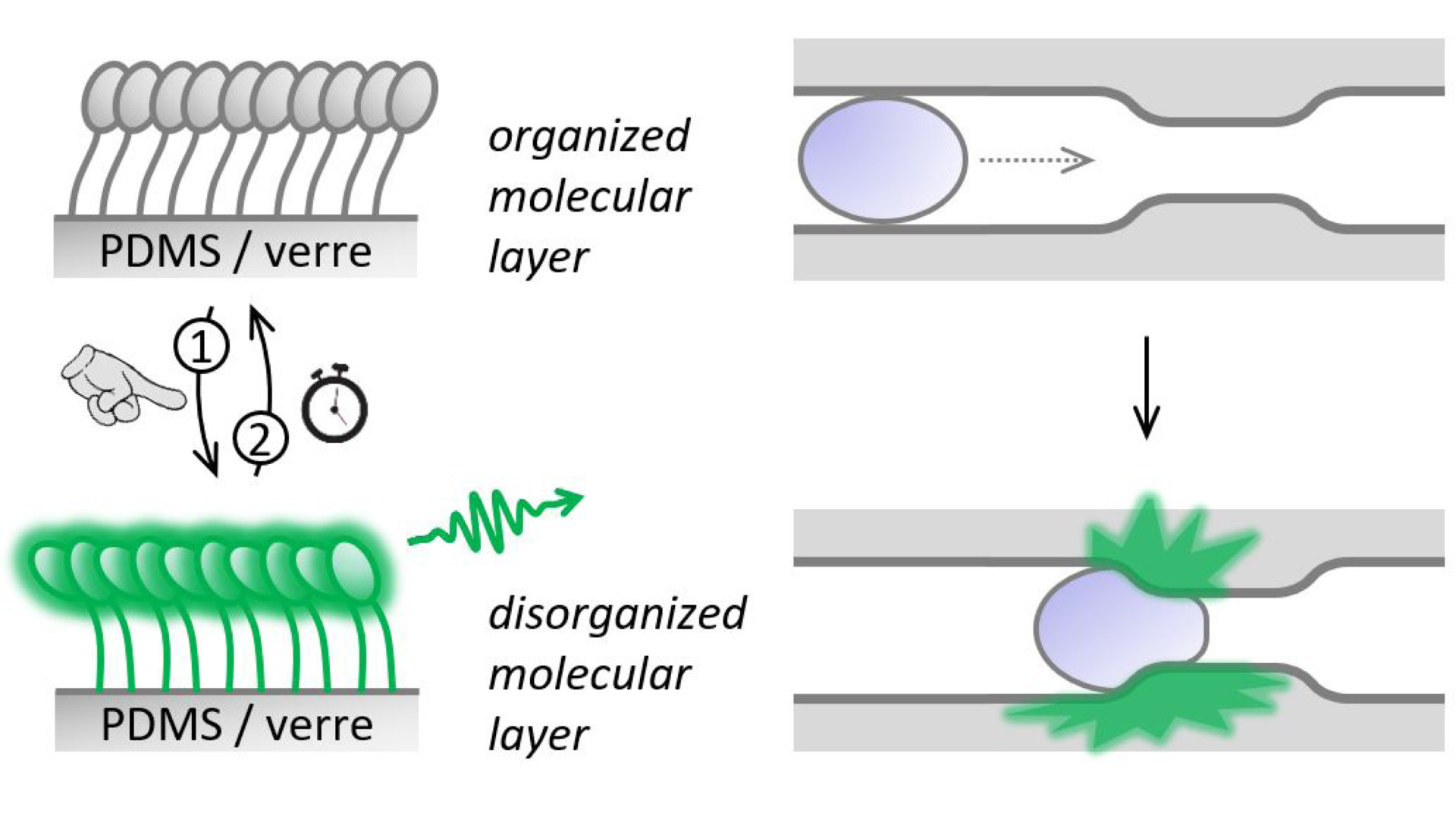BIOMIS
Fluidic and electric microsystems for life science studies
Our research topics that are linked to MaTerRe:

Monitoring and treatment of micro-algae. Microalgae are producing intracytoplasmic lipid droplets, when cultured in nitrogen depleted conditions. Those lipids are a potential biofuel source. Nevertheless, the cost of the lipid extraction remains an obstacle to the real development of this alternative source of energy. Pretreatments have to be explored. We investigate in our group the application of electrical and/or mechanical treatments, and their effects on the membrane and wall of the micro-organism, at the level of the single cell, using therefore specific microfluidic systems. To respond to our research topics dealing with single cell analysis or cell populations, we are able to develop micro-systems with parallelized architectures and integrating sensors permitting high throughput analysis (axis “High-throughput”).
Electrical monitoring of blood cells mechanical disorders
Our group has the experience of the fabrication of devices for the mechanical and electrical sensing of the rigidity of red blood cells. Genetic diseases like the sickle cell disease or spherocytosis disease, or infectious diseases like malaria, affect the rigidity of the red blood cells. Microfluidic devices that mimic the red blood cell micro-circulation, or the spleen filtering functions, can be fabricated, and are capable to characterize and discriminate the different levels of the disease. Devices involve fluidic restrictions similar that the one that can be found in vivo, and might be equipped with micro-electrodes in order to electrically monitor the behavior of healthy or sick cells.

Nanopore sensing
Our group investigates the use of biological or solid-state nanopores, and their integration within microfluidic devices, for the sensing of nano(bio)objects. Such technology is very promising for the sensing at very low concentration, down to the single object or single molecule, monitoring therefore the electrical signal associated to the translocation of the object from one side of the nanopore to the other.
Members
- Sakina Chantoiseau-Bensalem
- Bruno Le Pioufle
Platforms and equipment
Alembert Institute Platforms (IDA, ENS Paris-Saclay)
Several platforms available :
- Microfluidic
- Clean room
- Cell culturing
- Characterisations
Publications
- Izadora Mayumi Fujinami Tanimoto, Jiayi Zhang, Benjamin Cressiot, Bruno Le Pioufle, Laurent Bacri, et al.. Dynamics of DNA Through Solid-state Nanopores Fabricated by Controlled Dielectric Breakdown. Chemistry – An Asian Journal, 2022, 17 (24), ⟨10.1002/asia.202200888⟩. ⟨hal-04068157⟩
- Yu-Sheng Lin, Sung Tsang, Sakina Bensalem, Ching-Chu Tsai, Shiang-Jiuun Chen, et al.. Electrorotation of single microalgae cells during lipid accumulation for assessing cellular dielectric properties and total lipid contents. Biosensors and Bioelectronics, 2020, 173, pp.112772. ⟨10.1016/j.bios.2020.112772⟩. ⟨hal- 03006108⟩
- Yu-Sheng Lin, Sung Tsang, Sakina Bensalem, Ching-Chu Tsai, Shiang-Jiuun Chen, et al.. Electrorotation of single microalgae cells during lipid accumulation for assessing cellular dielectric properties and total lipid contents. Biosensors and Bioelectronics, 2020, 173, pp.112772. ⟨10.1016/j.bios.2020.112772⟩. ⟨hal- 03006108⟩
Contact :
Research axes :
Methodological axes :
Labs :
Institutions :
Supported projects :
REMEMBER
SmaRt mEchanofluorochromic Microfluidics: an advanced tool to detect mEchanical stress on Microalgae cells for an efficient Bio-Energy Recovery



